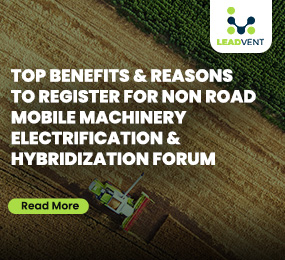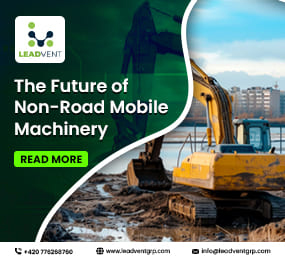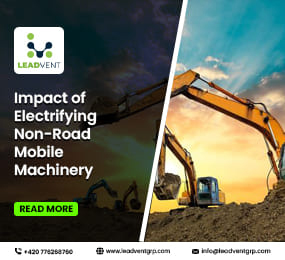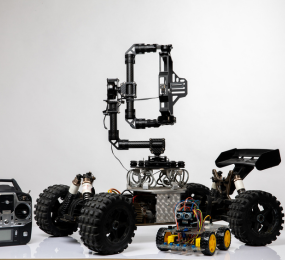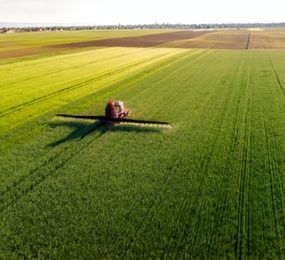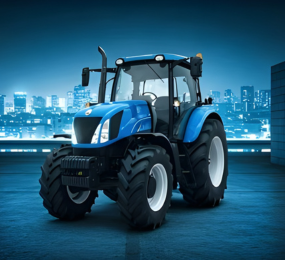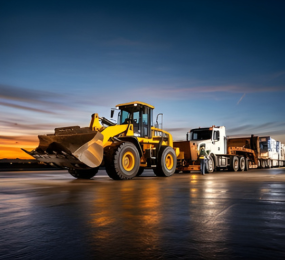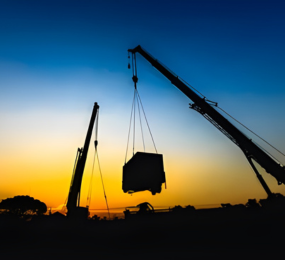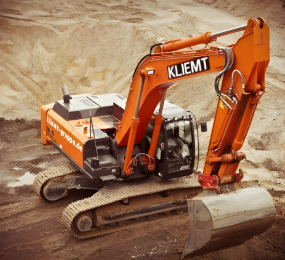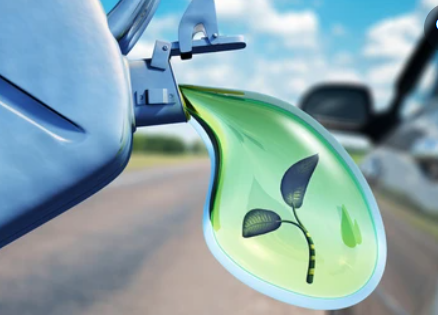Powering Progress: Electrification and Decarbonization of Non-Road Mobile Machinery
In the global conversation about decarbonization, road vehicles often take center stage. But look beyond the highway, and you’ll find another major source of emissions—non-road mobile machinery (NRMM). This includes construction excavators, agricultural tractors, mining trucks, port equipment, and more. These machines are essential to building cities, growing food, and extracting materials—but their heavy diesel engines also contribute significantly to air pollution and greenhouse gas emissions.
Now, industries are being challenged—and incentivized—to rethink how these machines are powered. Electrification is no longer just for passenger cars. It’s making its way into fields, worksites, and ports, offering a pathway to cleaner, quieter, and more efficient operations.
Why Electrify NRMM?
Traditional NRMM runs on diesel, and many machines operate for long hours in densely populated or environmentally sensitive areas. This has consequences not just for climate but also for local air quality and public health.
Electrifying this equipment addresses several challenges at once. First, it drastically reduces emissions at the point of use. There’s no exhaust, no particulate matter, and far less noise. Second, electric motors require less maintenance and offer higher energy efficiency than combustion engines—cutting operational costs over time.
For cities aiming to meet clean air targets and reduce noise pollution, switching to electric NRMM is not just a climate strategy—it’s a quality-of-life issue.
Where It’s Happening
Across Europe and parts of Asia, electric excavators, loaders, and compact tractors are beginning to appear on worksites and farms. Norway and the Netherlands are leading the charge, especially in urban construction where regulations are pushing for zero-emission machinery.
In agriculture, battery-powered tractors are being trialed for lighter tasks, while hybrid solutions are emerging for heavier-duty operations. Meanwhile, ports and mining sites—where equipment operates within fixed boundaries—are ideal settings for electrification, especially when paired with on-site renewable energy.
Challenges in the Field
That said, electrifying NRMM isn’t as straightforward as swapping a diesel tank for a battery. The diversity of machinery types, duty cycles, and environmental conditions pose real technical and economic hurdles.
Battery weight, charging infrastructure, and the need for continuous operation in remote areas are significant concerns. For large machinery, hydrogen fuel cells and hybrid systems may offer more practical interim solutions than batteries alone.
Manufacturers, operators, and regulators must work together to innovate, standardize, and invest in scalable solutions—ensuring that the shift is both economically and operationally viable.
A Shift Worth Making
The decarbonization of NRMM represents a critical but often overlooked piece of the climate puzzle. It’s about making the machines that shape our world more sustainable—without compromising performance or productivity.
Key Takeaway:
Electrifying non-road mobile machinery is essential for cutting emissions in hard-to-reach sectors. With the right technology and commitment, these workhorses of industry can help drive a quieter, cleaner, and more sustainable future.
Learn more on our website: https://www.leadventgrp.com/events/2nd-annual-non-road-mobile-machinery-electrification-and-decarbonization-forum/details
For more information and group participation, contact us: [email protected] .
Leadvent Group - Industry Leading Events for Business Leaders!
www.leadventgrp.com | [email protected]


